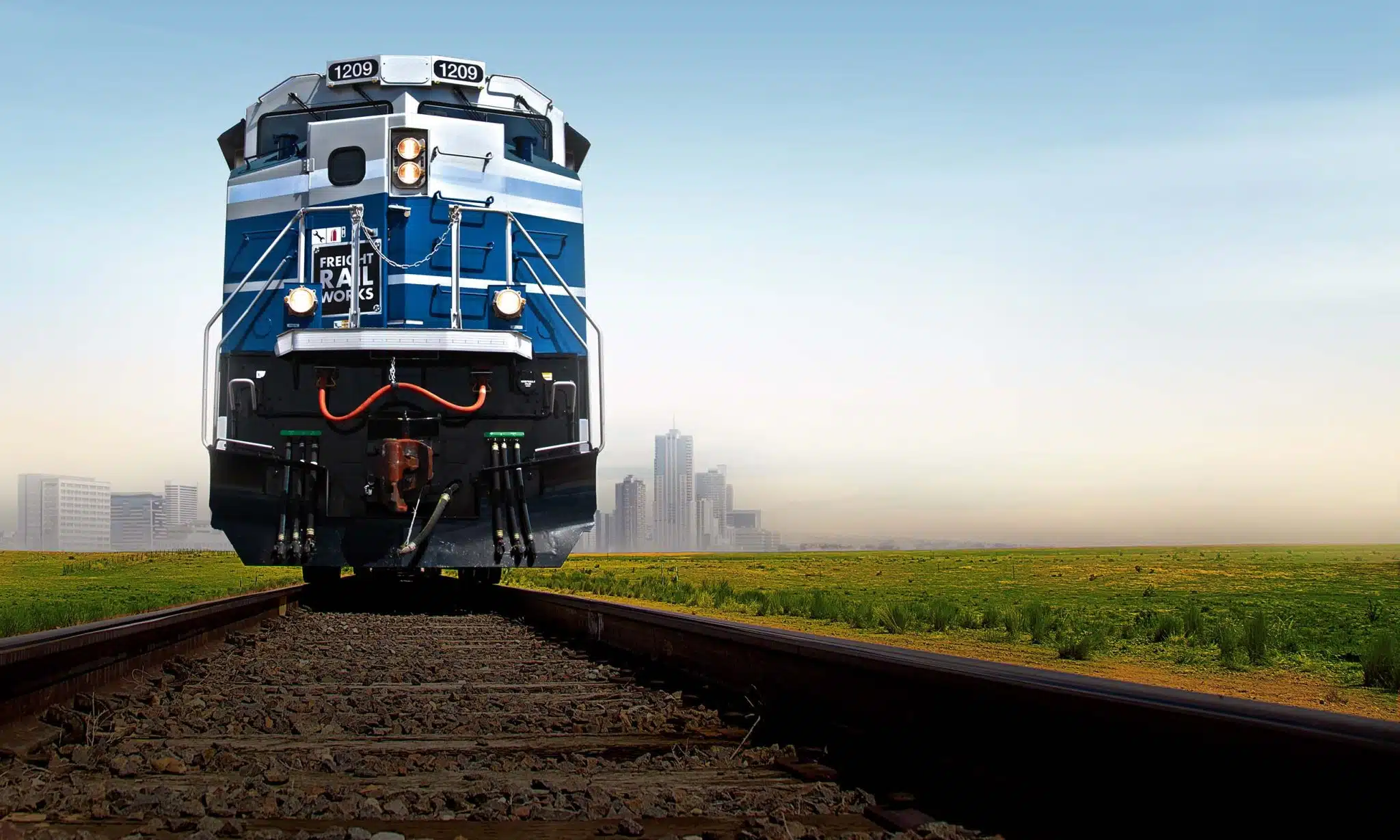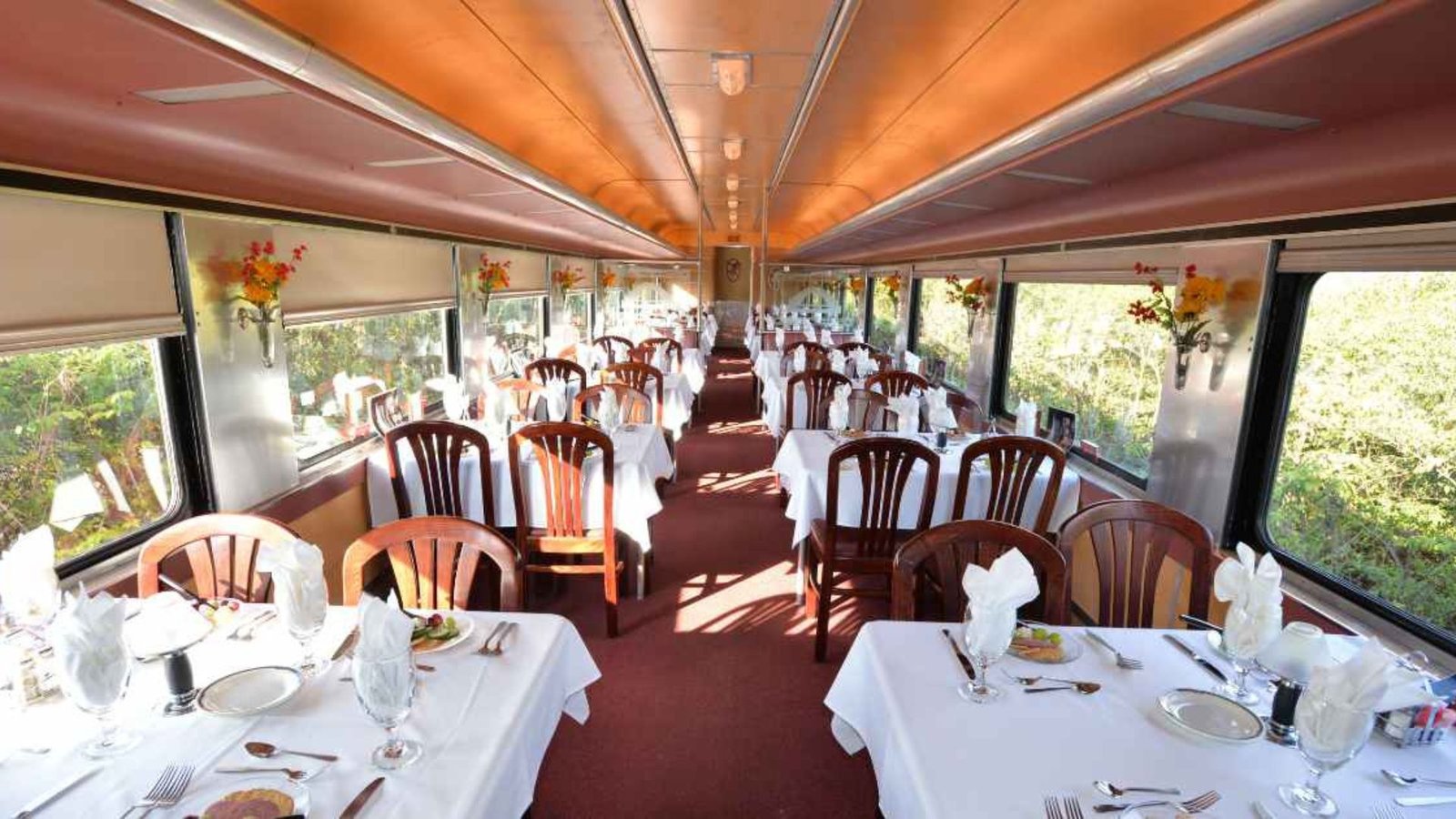Railroads have been a vital part of global transportation infrastructure for centuries, and their economic significance remains substantial today. As the backbone of freight logistics and a crucial element in the movement of people, railroads continue to shape industries and economies worldwide. However, the industry faces challenges from changing demands, competition from other transportation sectors, and sustainability concerns. In this blog post, we’ll explore the economic dynamics of railroads, focusing on profits, challenges, and future opportunities.
The Profitability of Railroads
Railroads, especially those operating in freight transport, have long been profitable businesses. The reason for their profitability lies in their ability to handle large volumes of goods at relatively lower costs compared to other forms of transport like trucking or air freight. Here’s why railroads are lucrative:
- Economies of Scale
One of the key advantages of railroads is their ability to transport vast quantities of goods efficiently. Trains can carry hundreds of tons of freight over long distances, benefiting from economies of scale. This makes rail a cost-effective option for bulk goods, such as coal, oil, and agricultural products, which are critical for many industries. - Long-Term Contracts and Stability
Many rail companies engage in long-term contracts with industries such as mining, agriculture, and manufacturing. These contracts provide stable and predictable revenue streams, contributing to the financial stability of railroad companies. - High Capital Investment, High Returns
The railroad industry is capital-intensive, requiring substantial investments in infrastructure, including tracks, locomotives, and terminals. However, these high upfront costs are often offset by the long-term benefits of economies of scale and established routes, providing a solid return on investment. - Diversification into Passenger Services
In addition to freight, some rail companies also offer passenger services, generating revenue from ticket sales, luxury train journeys, and tourism. Countries like Japan, with its famous Shinkansen bullet trains, have made passenger services an integral part of their economic model. The expansion of high-speed rail in Europe and North America further highlights the profitability of rail transport in both passenger and freight sectors.
Challenges Facing the Railroad Industry
While railroads are profitable, the industry is not without its challenges. Many of these obstacles stem from external competition, shifting consumer preferences, and regulatory pressures. Let’s look at some of the primary challenges:
- Competition from Other Transport Sectors
Trucks and airplanes are major competitors to railroads, particularly for industries that require faster or more flexible transportation solutions. Trucks offer door-to-door delivery, which railroads cannot match, while air freight is the fastest option for high-value, time-sensitive goods. These competing modes of transportation have reduced the market share for railroads in certain sectors, especially in freight logistics. - Maintenance and Infrastructure Costs
Maintaining and upgrading railroad infrastructure is an ongoing challenge. Track repair, station upgrades, and purchasing new trains are significant capital expenditures that can impact profitability. In many countries, public funding is required to maintain and improve railroad infrastructure, which can lead to budget constraints or delays. - Environmental and Regulatory Pressures
While rail is more environmentally friendly than trucking or air freight, the railroad industry still faces pressure to reduce its carbon footprint. As climate change becomes a central issue globally, stricter environmental regulations may increase the cost of operating freight trains. Companies must invest in cleaner technologies or face potential fines and restrictions, which could strain profitability. - Labor Issues and Strikes
Labor disputes and strikes can disrupt operations, leading to significant economic losses for rail companies. The industry is heavily unionized, and labor disputes can have a domino effect on supply chains, causing delays in freight delivery and affecting passenger services as well.
Future Opportunities for Railroads
Despite the challenges, the future of the railroad industry is bright, with several emerging opportunities that could shape its profitability and role in the global economy. Let’s explore some of the promising avenues for growth and innovation:
- Technological Innovations
The introduction of new technologies, such as automation, artificial intelligence, and predictive maintenance, offers a great opportunity for railroads to improve efficiency and reduce costs. Autonomous trains, for instance, could lead to safer, more cost-effective operations. Rail companies are also investing in technologies to optimize routes and schedules, improving delivery times and reducing fuel consumption. - High-Speed Rail Expansion
High-speed rail continues to be a major focus in regions like Europe, Asia, and North America. Investments in bullet trains and faster rail connections between cities could revolutionize passenger travel and generate new revenue streams. These systems can alleviate congestion on highways and offer an eco-friendly alternative to air travel, creating a win-win situation for governments, passengers, and rail companies alike. - Sustainability and Green Energy
As sustainability becomes a global priority, railroads have an opportunity to position themselves as leaders in green transportation. Rail is already a more energy-efficient mode of transport compared to trucks and planes, and companies are investing in cleaner energy sources like electric trains or hydrogen-powered engines. Emphasizing sustainability could enhance the reputation of railroads and attract environmentally conscious consumers and businesses. - E-Commerce and Last-Mile Delivery
The surge in e-commerce has created an increased demand for fast and reliable freight transportation. Railroads can benefit from this trend by collaborating with logistics companies to provide a vital link in the supply chain. Railroads could focus on offering integrated solutions, including last-mile delivery services, to help e-commerce businesses deliver goods quickly and efficiently. - International Trade and Belt and Road Initiative
As global trade continues to grow, railroads have a key role in facilitating the movement of goods. The Belt and Road Initiative, a massive infrastructure project connecting Asia with Europe and Africa, presents a significant opportunity for railroads to expand their reach and capitalize on new markets.
Conclusion
The economics of railroads is a complex balance between profitability, operational challenges, and the potential for growth. Railroads continue to generate substantial revenue through their ability to transport large volumes of goods and people efficiently, but they must navigate significant challenges like competition, infrastructure costs, and environmental concerns. However, the future of railroads is filled with exciting opportunities, from technological advancements and high-speed rail to sustainability initiatives and the expanding global trade market. With strategic investments and innovations, the railroad industry can continue to thrive and evolve, shaping economies for years to come.




